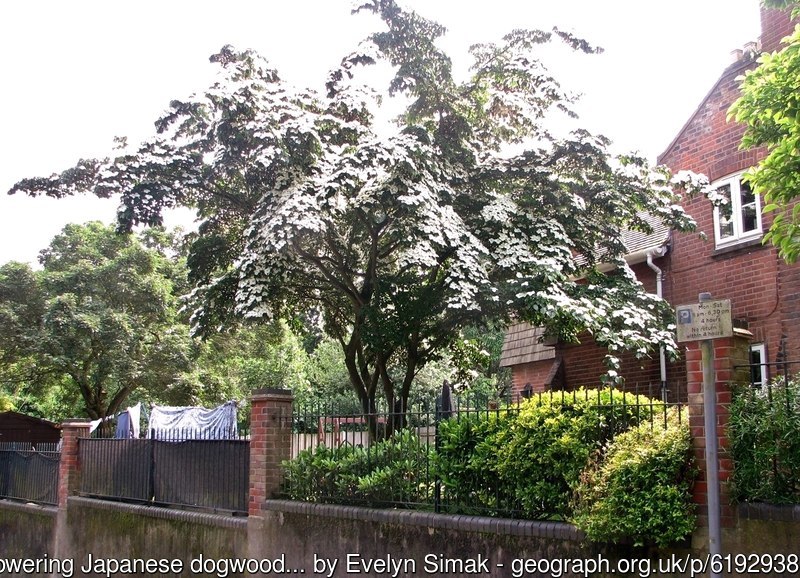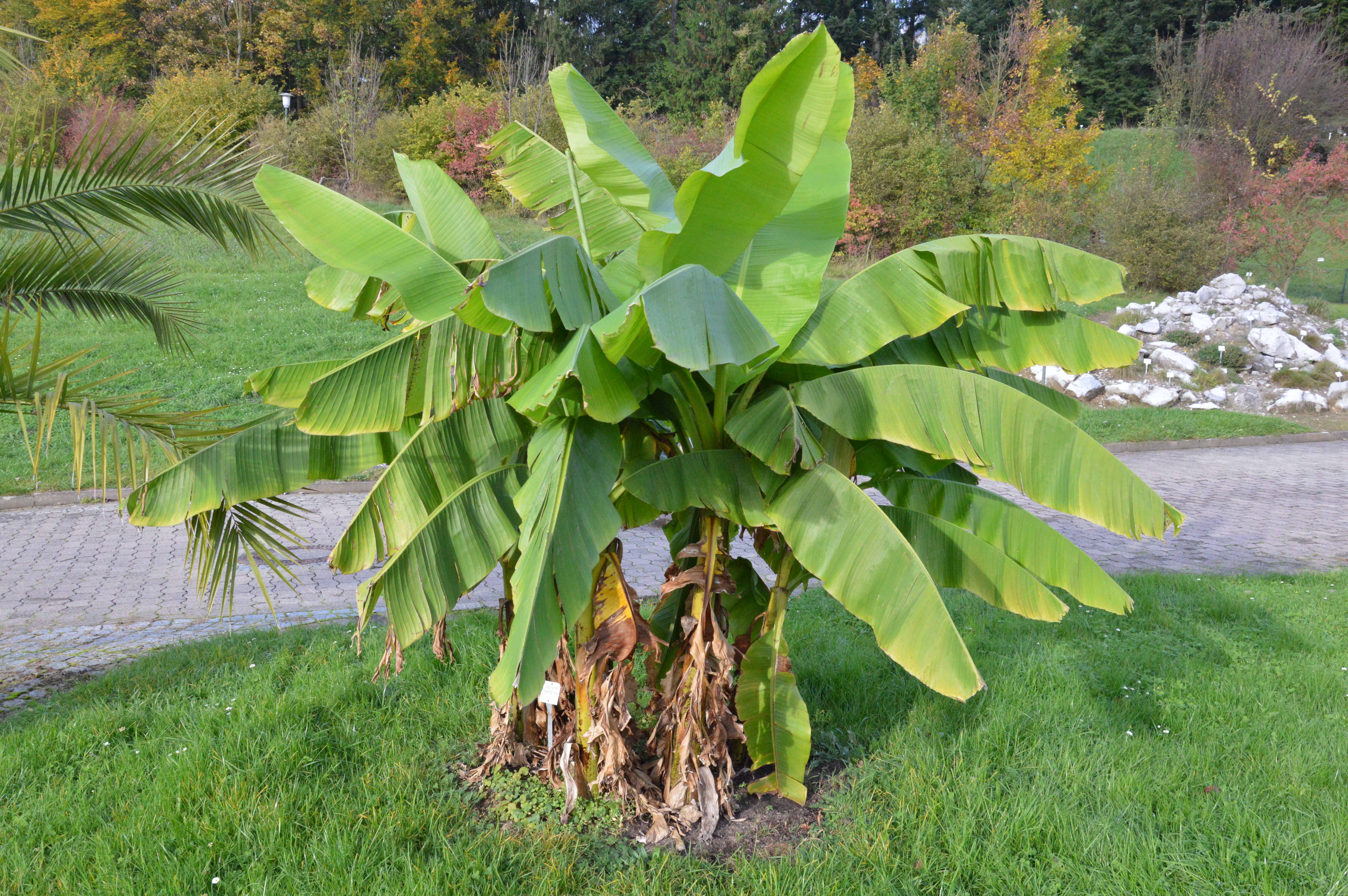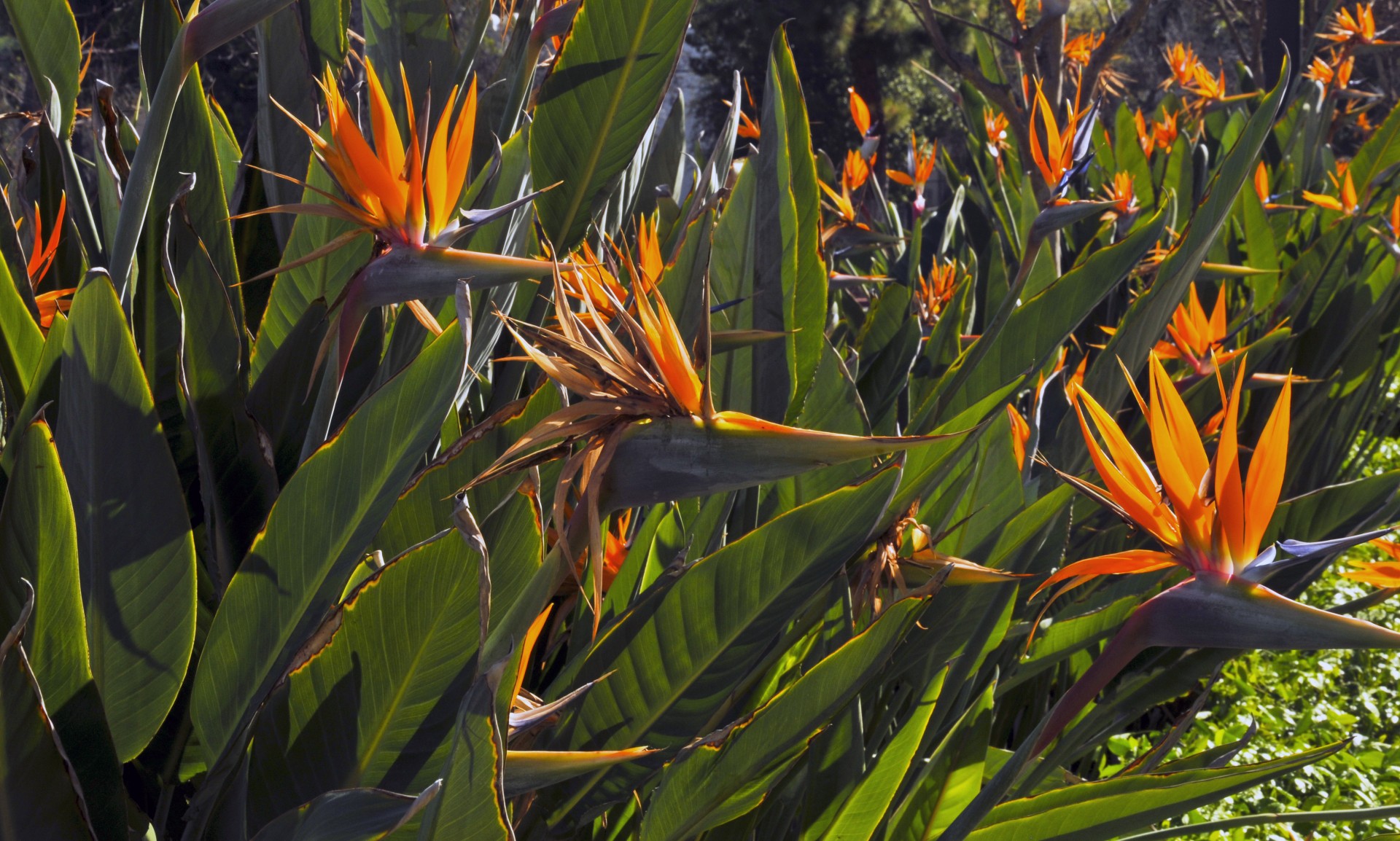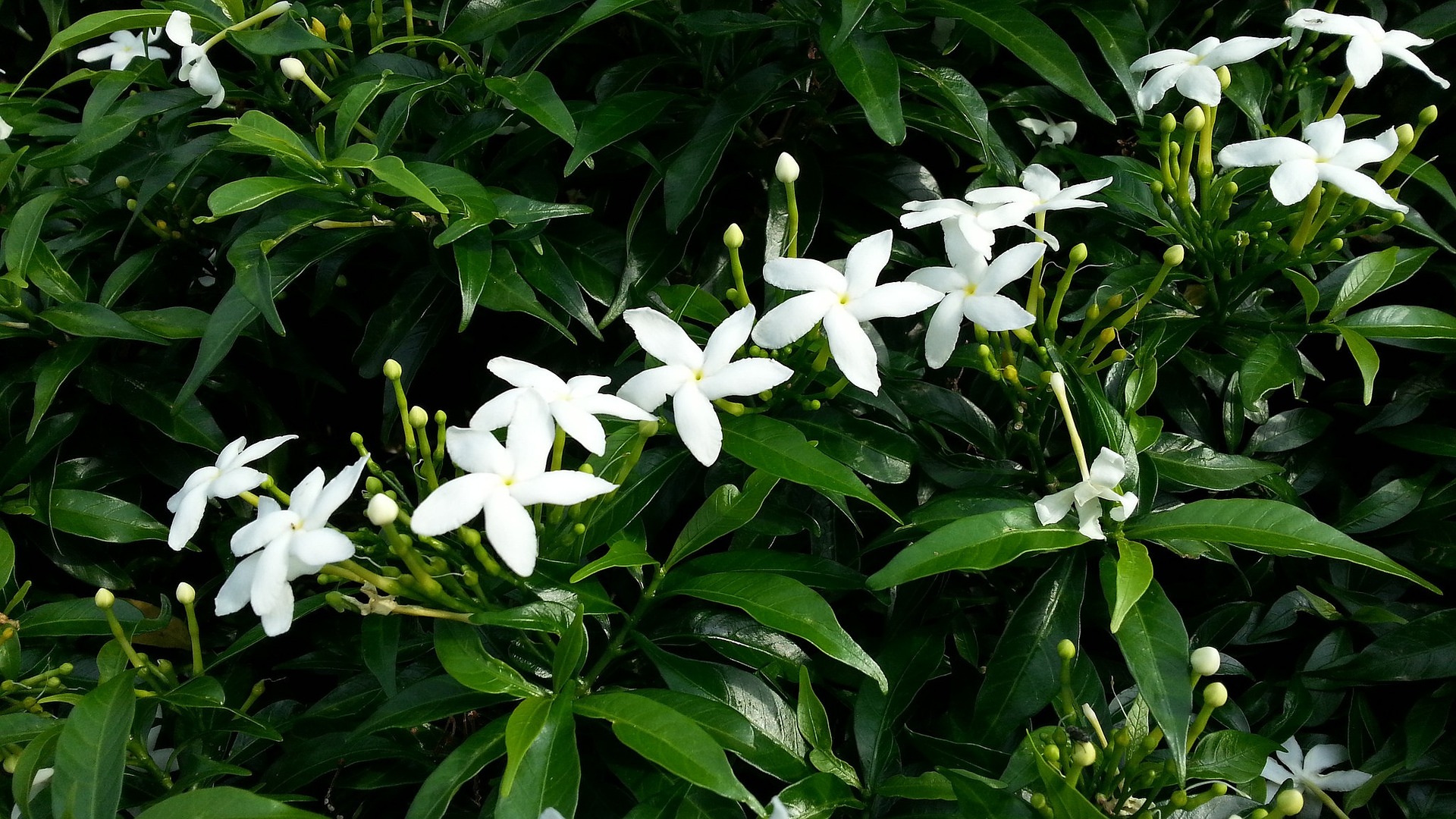By Sandra Nelson
Lush, vibrant, idyllic. — A place to kick back and relax in luscious, green surroundings. . The gentle murmur of falling water and the perfumed fragrances of summer flowers — the perfect vacation spot, but in your own backyard! The key to creating this personal tropical paradise — no matter where you live — is choosing the right plants, then using them in the right way.
Before you begin buying your plants, it pays to spend a few minutes thinking about what a tropical rainforest really looks like. Understanding the basic structure can make it easier to recreate an authentic look on a smaller scale.
Layering is an essential element of a jungle. A true jungle has four interconnected layers, the emergent layer, the canopy, the understory and the floor, each teeming with its own forms of vegetation and wildlife. The emergent layer is the brightest level, rising high above the others and is usually characterized by the tallest trees with mushroom shaped crowns. While not absolutely necessary for a backyard paradise, a few small, ornamental trees like Korean dogwoods and American redwoods can provide a beautiful backdrop to your private retreat.
The canopy is a dense layer, forming an “umbrella” that protects the plants below from the unrelenting sun of the tropics. Canopy plants, grow quite close together and tend to have longer, thinner trunks with their branches and leaves at the very top. Foliage is typically wide and has a waxy surface that allows water to easily drip off.
 The canopy layer is often tied together by epiphytes (plants that grow on other plants) and vining plants. Banana trees and rubber trees are common canopy plants, while orchids are typical epiphytes.
The canopy layer is often tied together by epiphytes (plants that grow on other plants) and vining plants. Banana trees and rubber trees are common canopy plants, while orchids are typical epiphytes.
The understory, because of the dense vegetation above, is darker than the canopy, providing a cool respite from the harsh summer sun. Plants are not packed quite as tightly together, allowing the eye to absorb the unique, individual character of each plant. Bright colors attract beneficial pollinators and humid conditions suit frogs and salamanders. Many of today’s houseplants originated in the understory. Passion flowers, zebra plants and ferns are among the plants that grow there.
Many of today’s houseplants originated in the understory. Passion flowers, zebra plants and ferns are among the plants that grow there.
The forest floor is the darkest level, with less than 2% of the sunlight reaching it. Plants that do grow on the floor are well-adapted to extremely low light. species such as mosses, ferns, ginger and fungi are rampant, but turf grasses simply will not grow. The ground tends to be covered by decaying organic matter.
The vast majority of the land area of the contiguous United States experiences wintertime temperatures that routinely fall at or below freezing, eliminating the use of tender tropicals as part of in-ground planting beds. Instead for those living in colder areas, exotic tropicals need to be containerized and brought inside during the winter frigid months. Since some can become large and heavy over time, using containers with wheeled bases can help make the process of moving plants in and out a little easier.
Another option is to choose plants that are suited to a cold climate, but have characteristics that mimic those that are native to the tropicals. Look for irregularly shaped leaves, interesting textures, rich shades of green and brilliantly colored blooms.
15 Plants for a Tropical Paradise — Outside the Tropics
To get you started, the design staff at Embassy Landscape Group has gathered together a short list of some of their favorite choices for creating a tropical paradise in a cold weather climate.
Plumeria
- Grow in a pot as a small, vase-shaped tree/ not winter hardy
- 15 – 25 ft at maturity
- Hot pink, white or yellow summer blooms
- Aromatic at night
- Full sun
- Zones 10 – 12
Needle Palm
- Site in protected location/ hardy to -5०F
- Can be container grown
- 3 – 6 ft
- Glossy green leaves
- Full sun to part shade
- Zones 6 – 10
Dwarf Palmetto Palm
- Grow in a pot as a small, shrubby plant/ not reliably winter hardy
- 4 – 6 ft
- Yellowish, white flowers June to July
- Smooth, divided leaves
- Full sun to part shade
- Zones 7 – 10
Gardenia
- Grow in a pot as a small, shrubby plant/ not winter hardy
- 5 – 6 ft
- White fragrant summer blooms
- Glossy, dark green leaves
- Part shade
- Zones 8 – 11
Japanese Banana
- Grow in organically rich soil and mulch roots well/ hardy -10०F
- 6 – 14 ft
- Cream to yellow summer blooms
- Huge, paddle-shaped leaves
- Full sun, but protected from strong winds
- Zones 5 – 10
Hardy Hibiscus
- Grow in moist to wet organically rich soils
- 3 – 7 ft
- Pink, red, white flowers July to September
- Rounded shape, slightly hairy leaves
- Full sun
- Zones 5 – 9
Hardy Bamboo
- Grow in organically rich, well-drained soil/ a non-running species
- 6 – 10 ft
- New foliage is bluish-green; bright green when mature
- Partial shade
- Zones 5 – 8
Elephant Ears
- Grow in rich, moist to boggy soil/ fertilize regularly
- 8 – 10 ft
- Yellowish-white blooms April to June
- Arrow shaped green leaves
- Full sun to part shade
- Zones 7b – 10 hardy/ pull tubers in all other zones
Cannas
- Grow in moist, rich, well-drained soil
- 2 – 8 ft
- Red, orange, pink, yellow, cream, white, bi-colors July to August
- Paddled shaped green or copper- colored leaves
- Full sun
- Zones 7 – 10 hardy/ pull tubers in all other zones
Bird of Paradise
- Grow in container in rich, moist loamy soil/fertilizer regularly
- 3 – 4 ft
- Orange/ blue beak-like blooms
- Stiff, upright leaves
- Full sun to part shade
- Zones 10 -12 hardy/ needs night time temperatures of 55 to 65०F
Rain Lily
- Grow bulbs in rich, moist rich and well–drained soil
- 6 in – 1 ft
- White with a pink blush
- Narrow, grasslike leaves
- Full sun to part shade
- Zones 7 – 10 hardy/ pull bulbs in all other zones
Star Jasmine
- Grow vine in container to overwinter indoors
- 3 – 6 ft
- White, fragrant blooms May to June
- Shiny, oval leaves
- Full sun to part/full shade
- Zones 8 – 10
Mandevilla
- Grow vine in container to overwinter indoors
- 3 – 10 ft
- Pink, fragrant summer blooms
- Oblong, wrinkled dark green leaves
- Full sun to part shade
- Zone 10 – 11
Coral Honeysuckle
- Grow vine in average soil
- 8 – 15 ft
- Scarlet blooms, May to June
- Oval, blue-green leaves
- Full sun
- Zones 4 – 9
Passion Flower
- Grow vine in average, well-drained soil
- 6 – 8 ft
- White blooms with purple crowns, July to September
- Lobed, dark green leaves
- Full sun to part shade
- Zones 5 – 9




















